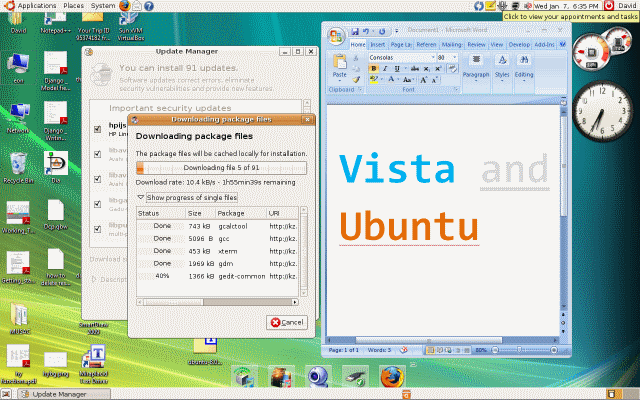I have been writing a paper on internal marketing and marketing orientation and hitting Google Scholar and a trial subscription to Refworks pretty hard.
I have a few of use-cases that I would like to see better support for.
1) Given a search term which are the foundational break-through papers that initially defined the concept and defined the “ground” of the concept.
2) For a search term, which are the key papers that stand within the tradition established by the foundational papers that have developed the ideas in the last 5 years. This could be translated into the query: “For a search term’s group of most cited N (therefore foundational) authors find all papers in the last Y years that cite M or more of them.”

